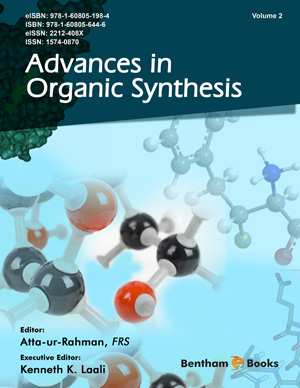Abstract
SHS investigation development is considered from the geographical and historical viewpoint. 3 stages are described. Within Stage 1 the work was carried out in the Department of the Institute of Chemical Physics in Chernogolovka where the scientific discovery had been made. At Stage 2 the interest to SHS arose in different cities and towns of the former USSR. Within Stage 3 SHS entered the international scene. Now SHS processes and products are being studied in more than 50 countries.
Abstract
Sequential transformations have attracted much interest in recent years because they provide simple and efficient entry into complex compounds by including two or more steps in a single operation to increase the complexity of the substrate, starting from commercially available, relatively simple precursors. The new methodologies discussed in this review chapter are based on sequential transformations and possess high stereoselectivity. They include the synthetic utility of fluorinated β-keto-phosphonium salts, “one-pot” carbon-carbon double bond formation, ylide-ion formation resulting from nucleophilic addition, stereocontrolled olefination method, alkenylation based on elimination of triphenylarsine, reductive olefination mediated by Ti(O-i-Pr)4 and Ph3P and sequential transformation of organophosphorus compounds in organic synthesis. The newly discussed methodologies are, therefore, potentially useful in organic synthesis particularly in the medicinal and agricultural chemistry for the synthesis of biologically active compounds.
Recommended Chapters
We recommend

Authors:Bentham Science Books


 Download PDF Flyer
Download PDF Flyer



